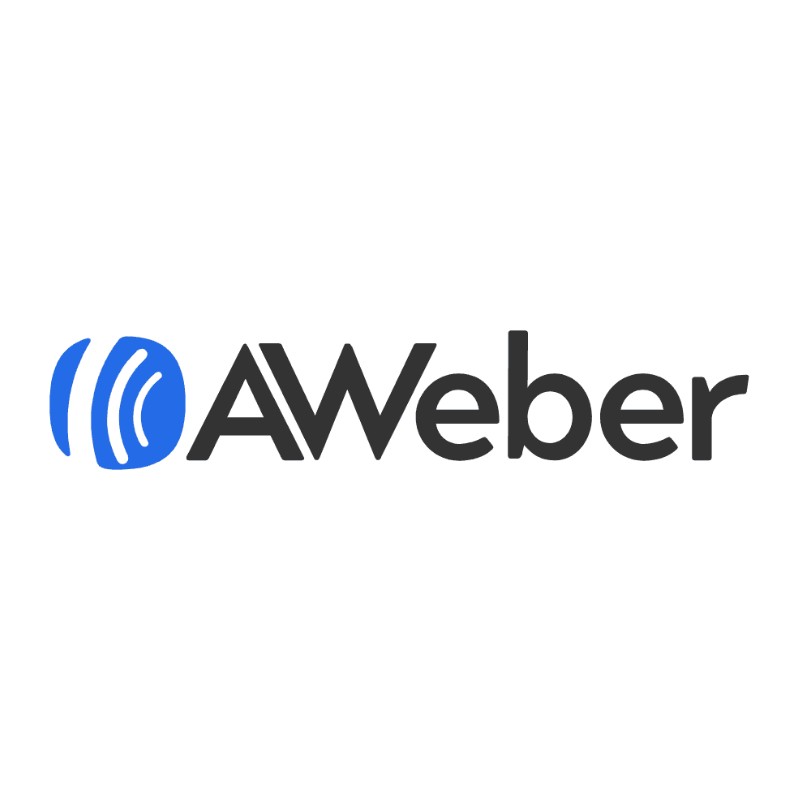FAQ'sFrequently Asked Questions about Amazon RDS
Who are Amazon RDS?
Amazon Relational Database Service (RDS) is a managed database service provided by Amazon Web Services (AWS). It simplifies the setup, operation, and scaling of relational databases in the cloud, allowing users to focus on their applications rather than database management tasks.
What are Amazon RDSs products?
Amazon RDS offers various database engines, including Amazon Aurora, MySQL, PostgreSQL, MariaDB, Oracle, and Microsoft SQL Server. Each product is tailored to specific use cases and performance needs, providing flexibility for developers and businesses.
What services do Amazon RDS offer?
Amazon RDS provides a range of services, including automated backups, software patching, monitoring, scaling, and replication. It also includes features such as Multi-AZ deployments for high availability and read replicas for improved performance.
What type of companies do Amazon RDSs products suit?
Amazon RDS is suitable for a wide range of companies, from startups to large enterprises, across various industries. It caters to businesses that require reliable, scalable, and managed relational database solutions for applications such as e-commerce, mobile apps, and data analytics.
How much does Amazon RDSs product cost?
Pricing for Amazon RDS varies based on the chosen database engine, instance type, storage, and data transfer. Users can estimate costs using the AWS Pricing Calculator, and they are billed on an hourly basis for instance usage and additional fees for storage and backup.
Does Amazon RDS offer a free trial?
AWS offers a free tier for Amazon RDS, which allows new users to access certain database instances for free for up to 12 months, subject to specific usage limits. This is designed to help users explore and test the service.
What discounts does Amazon RDS offer on their products?
Amazon RDS offers Reserved Instances, which provide significant savings for users who commit to using the service for a one- or three-year term. Additionally, users can benefit from Savings Plans that offer flexible pricing options across AWS services.
Are there any hidden fees or additional costs with Amazon RDS?
While Amazon RDS is transparent about its pricing, users may incur additional costs for data transfer, backups, and storage exceeding the free tier limits. It is important to review the pricing details carefully to understand the total cost of ownership.
Who uses Amazon RDSs products?
Amazon RDS is used by developers, IT professionals, and businesses of all sizes who require a reliable relational database solution. It is particularly popular among those looking for scalable and managed database services to support web applications, enterprise applications, and data warehousing.
What are the main features of Amazon RDSs products/services?
Main features of Amazon RDS include automated backups, Multi-AZ deployments for high availability, read replicas for performance enhancement, monitoring and alerting via Amazon CloudWatch, and easy scaling of database instances as needed.
How does Amazon RDS compare to its competitors?
Amazon RDS is often compared to other managed database services such as Google Cloud SQL and Microsoft Azure SQL Database. It is known for its extensive integration with other AWS services, robust features, and flexibility in database engine choices, making it a strong competitor in the market.
Is Amazon RDSs platform easy to use?
Amazon RDS is designed to be user-friendly, with a straightforward management console that allows users to create and manage databases with minimal effort. Comprehensive documentation and tutorials are available to assist users in navigating the platform.
How easy is it to set up Amazon RDSs product or service?
Setting up Amazon RDS is relatively simple. Users can launch a new database instance in a few clicks through the AWS Management Console. The process includes selecting the database engine, instance type, and configuration options, which can be completed quickly.
Is Amazon RDS reliable?
Amazon RDS is built on the reliable AWS infrastructure, offering high availability and durability features. Multi-AZ deployments provide automatic failover to standby replicas in case of outages, ensuring minimal downtime for critical applications.
Does Amazon RDS offer customer support?
Yes, Amazon RDS offers various levels of customer support through AWS Support plans. Users can access technical support, best practices, and guidance for optimising their use of the service.
How secure is Amazon RDS’s platform?
Amazon RDS incorporates multiple security measures, including data encryption at rest and in transit, network isolation using Amazon VPC, and IAM roles for access control. AWS complies with various industry standards and regulations to ensure data security and privacy.
Does Amazon RDS integrate with other tools or platforms?
Yes, Amazon RDS integrates seamlessly with a wide range of AWS services, such as Amazon S3, Amazon CloudWatch, and AWS Lambda. Additionally, it supports various third-party tools and applications, making it versatile for different use cases.
Can I use Amazon RDS on mobile devices?
While Amazon RDS itself is not a mobile application, users can access the AWS Management Console and other AWS services from mobile devices through web browsers. However, application developers can connect their mobile applications to RDS databases directly.
What do users say about Amazon RDS?
Users generally appreciate Amazon RDS for its ease of use, scalability, and reliable performance. However, some users have noted that costs can increase with high usage, making it essential to monitor resource consumption and optimise database configurations.
What are the pros and cons of Amazon RDS?
Pros of Amazon RDS include its managed nature, scalability, high availability features, and extensive integration with other AWS services. Cons may include potential cost increases with heavy usage and the need for users to have some technical knowledge to optimise configurations effectively.
How can I purchase Amazon RDS’s services?
Amazon RDS services can be purchased directly through the AWS Management Console. Users can select their desired database engine, instance type, and configurations, and then start using the service immediately.
What is the cancellation or refund policy for Amazon RDS?
Amazon RDS operates on a pay-as-you-go model, so users are only billed for the resources consumed. There are no cancellation fees; however, users should review AWSs billing and credit policies for specific details regarding refunds on Reserved Instances.
What are the common use cases for Amazon RDS?
Common use cases for Amazon RDS include web applications, mobile backend databases, e-commerce platforms, data warehousing, and enterprise applications that require reliable relational database solutions.
Why choose Amazon RDS over other options?
Choosing Amazon RDS may be beneficial for users looking for a managed service that offers a variety of database engines, seamless integration with AWS services, high availability, and scalability, along with comprehensive support and security features.
How easy is it to set up Amazon RDS?
Setting up Amazon RDS is straightforward, typically taking only a few minutes to create a new database instance through the AWS Management Console, thanks to its user-friendly interface and guided setup processes.
Does Amazon RDS offer training or tutorials?
Yes, Amazon RDS provides extensive documentation, tutorials, and training resources through AWS Training and Certification, helping users understand how to effectively use the service and optimise their database instances.
What languages does Amazon RDS support?
Amazon RDS supports multiple database engines that can utilise various programming languages through their respective database drivers, including but not limited to SQL, Java, Python, .NET, and Node.js.
What problems does Amazon RDS solve?
Amazon RDS addresses common challenges in database management, such as provisioning and scaling databases, applying software patches, managing backups, and ensuring high availability and disaster recovery without the need for extensive administrative overhead.
Is Amazon RDS worth the investment?
Whether Amazon RDS is worth the investment depends on the specific needs of the user or organisation. For businesses seeking a reliable, scalable, and managed database solution, the benefits often outweigh the costs, especially when considering the reduced administrative burden and increased focus on application development.






Leave a Reply
You must be logged in to post a comment.